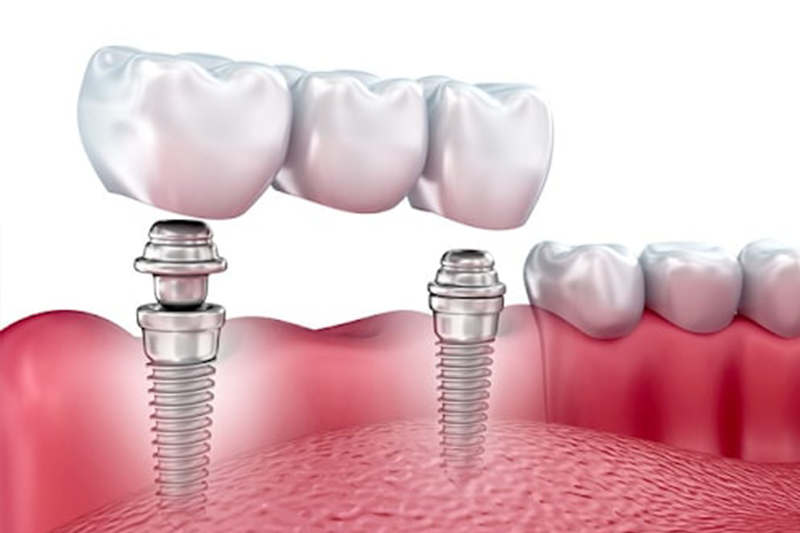
Dental Abscesses: Everything You Need to Know in Stratford, CT
Hello to all our readers! Today, we’re diving into a topic that, although potentially painful, is crucial to understand for optimal oral health: the dental abscess. This condition can be quite uncomfortable and possibly dangerous if left untreated, so let’s get informed!
What is a Dental Abscess?
A dental abscess is a pocket of pus that forms in different parts of a tooth as a result of bacterial infection. They can occur at different regions of the tooth and can be classified primarily as:
- Periapical abscess: Occurs at the tip of the root.
- Periodontal abscess: Located in the gums next to a tooth root.
- Gingival abscess: Limited to the gum tissue and does not affect the tooth or the periodontal ligament.
What Causes a Dental Abscess?
The primary cause of a dental abscess is bacteria. When bacteria invade the dental pulp – the innermost part of the tooth that contains blood vessels, nerves, and connective tissue – an infection can arise, leading to pus formation.
Factors that can contribute to this include:
- Severe tooth decay
- Gum disease
- Traumatic injury to the tooth, such as a chipped or broken tooth
- Prior dental work
- Failed root canal treatment
Symptoms to Watch Out For
Dental abscesses don’t always start with evident symptoms, but as they develop, you might experience:
- Severe, persistent throbbing toothache
- Sensitivity to hot and cold temperatures
- Fever
- Swelling in your face or cheek
- Tender, swollen lymph nodes under your jaw or in your neck
- Sudden rush of foul-tasting and foul-smelling salty fluid in your mouth and pain relief if the abscess ruptures
- Difficulty breathing or swallowing (in advanced cases)
How is it Treated?
It’s essential to visit your dentist if you suspect you have an abscess. They might:
- Drain the Abscess: The dentist might make a small cut in the abscess to allow the pus to drain out. They’ll also wash out the area to ensure all the pus is removed.
- Perform a Root Canal: This can help eliminate the infection and save your tooth.
- Pull the Affected Tooth: If the tooth can’t be saved, it might need to be extracted, allowing drainage through the socket.
- Prescribe Antibiotics: If the infection is limited to the abscessed area, you might not need antibiotics. But if it’s spread to nearby teeth or other areas, your dentist might prescribe them.
Preventing Dental Abscesses
The best offense is a good defense! Preventing a dental abscess is simpler than treating one:
- Maintain good oral hygiene: Brush twice a day, floss daily, and use an antiseptic mouthwash.
- Eat a healthy diet: Reduce sugar intake, which can speed up the progression of tooth decay.
- Replace your toothbrush regularly: Every 3-4 months, or sooner if the bristles fray.
- Get regular dental check-ups: This ensures early detection and treatment of issues before they escalate.
Final Thoughts
Dental abscesses can be a painful affair, but with the right knowledge, timely intervention, and good oral hygiene, they are preventable and treatable. Always prioritize your oral health and never ignore any persistent pain or discomfort in your mouth. Your smile will thank you!
Stay tuned for more dental insights and remember to keep smiling!
Disclaimer
The information provided in the blog post is for informational purposes only and should not be considered a substitute for professional medical advice.


